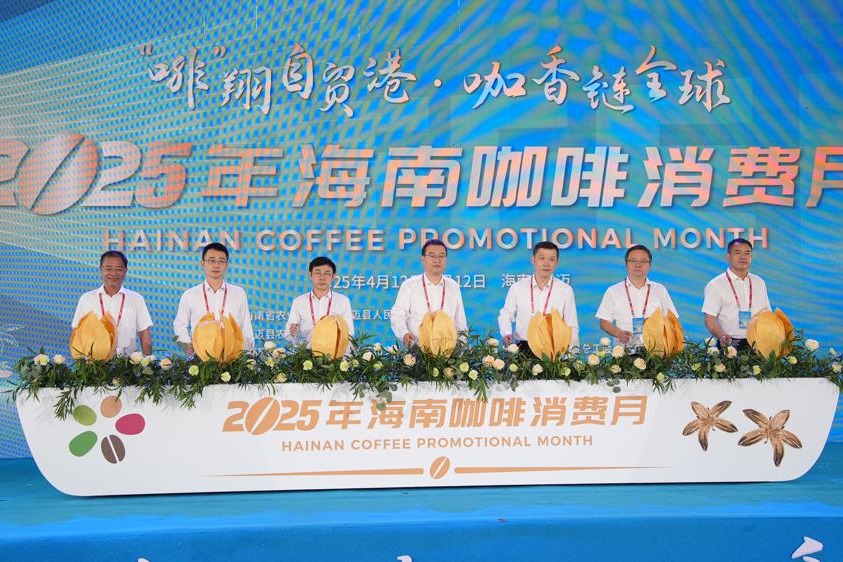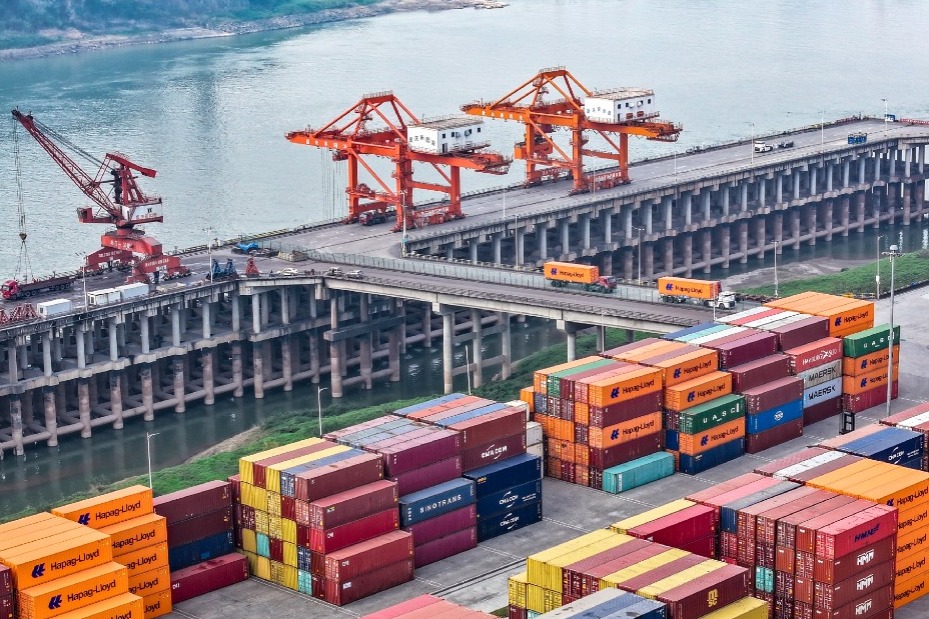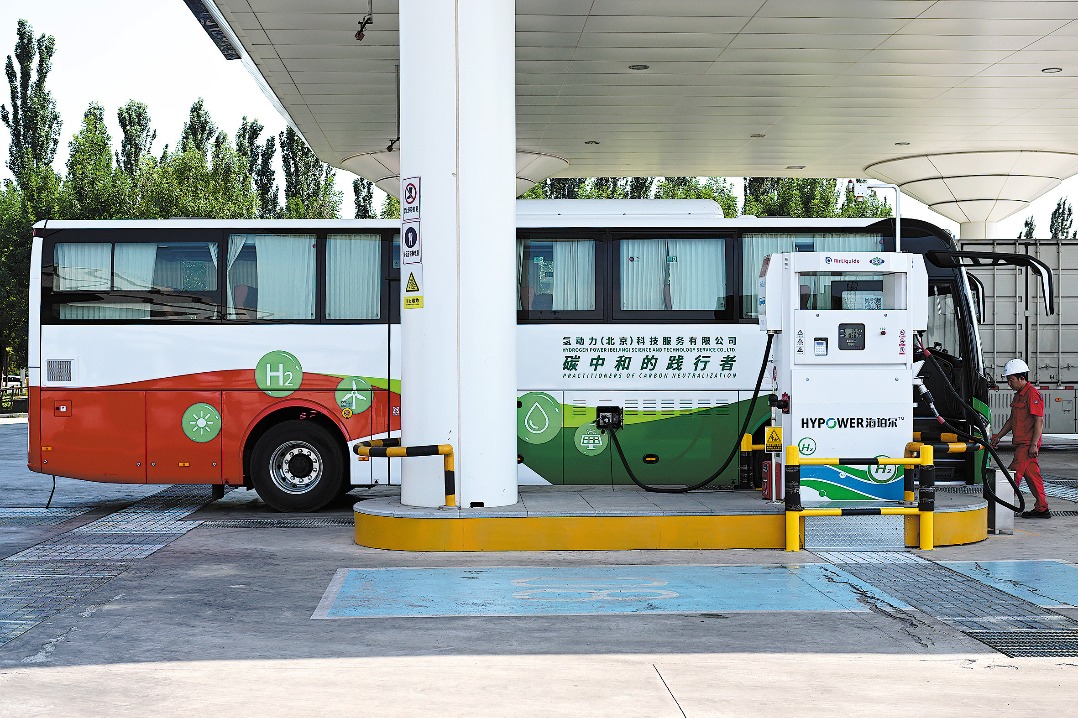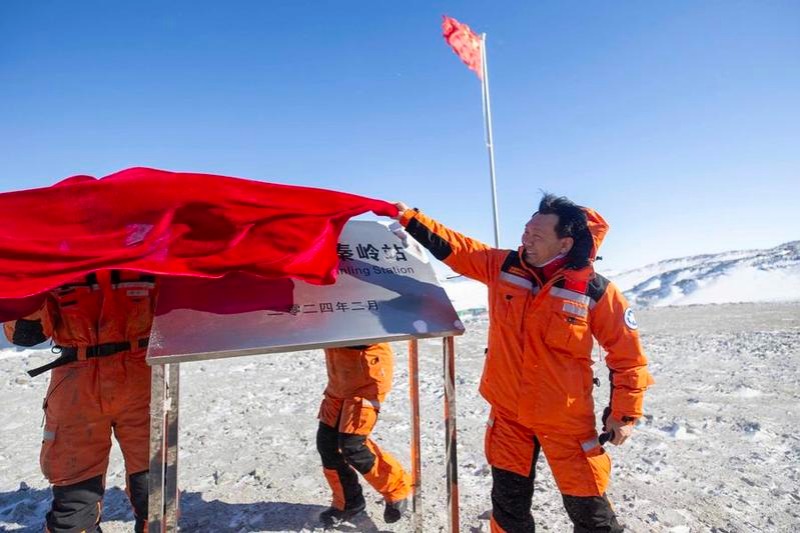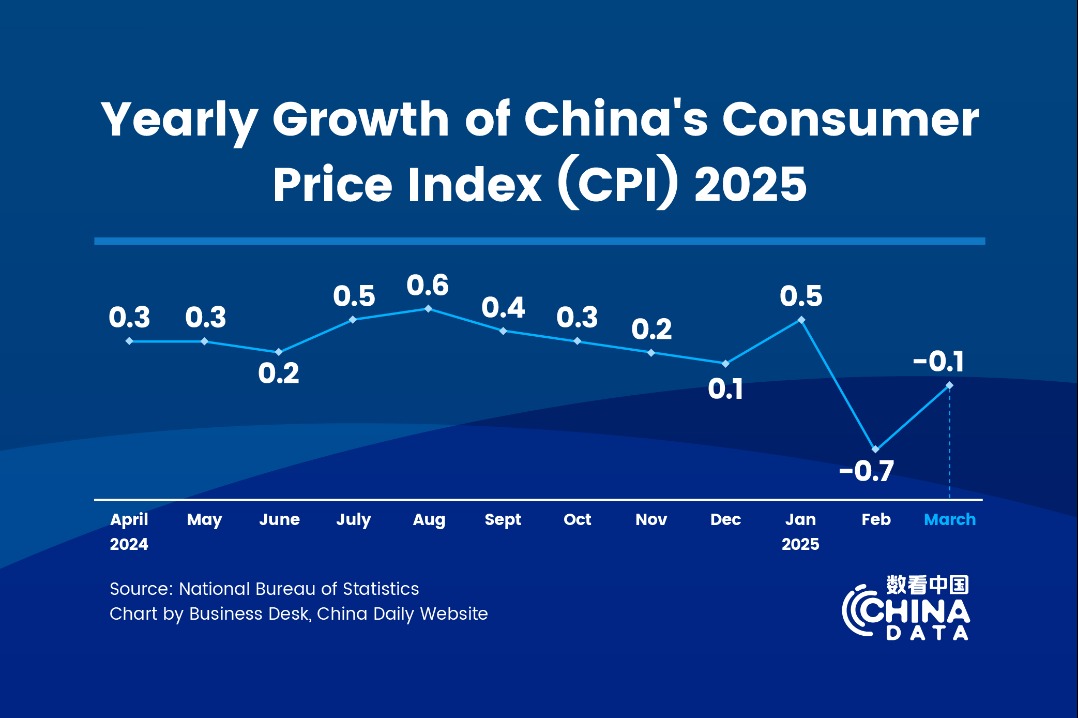Many factors favor rise of China's new economy and renminbi


China has a key window of opportunity to advance its pursuit of renminbi internationalization as global investors are seeking stability amid volatility in markets caused by the COVID-19 pandemic.
At present, most of the major economies have resorted to extremely low or even negative interest rates to cushion economic shocks caused by COVID-19. Financial assets with negative interest rates have been on the rise continuously in the world.
The People's Bank of China, the country's central bank, however, has not followed the common playbook and retains some room for conventional monetary policy, with the one-year benchmark lending rate, or the prime loan rate, coming in at 3.85 percent in August.
Considering that the PBOC has started to normalize its monetary policy from the anti-crisis easing mode, positive interest rates in China and virtually zero or negative ones in other major economies may co-exist for a relatively long time.
This has constituted an advantage for the renminbi as the preservation of conventional policy space not only means that more tools are available to China's monetary authorities to buffer potential shocks in the future, but indicates higher returns on renminbi-denominated assets.
Another consideration is that the large-scale or even unlimited quantitative easing measures adopted by the United States and the European Union have caused concern to global investors.
Such QE measures, by virtue of the international currency status of the dollar and the euro, actually force global holders of these currencies to share the cost of redressing domestic economic issues to some degree, usually in the form of currency depreciation or fluctuations in exchange rates.
This would encourage global investors to raise their holdings in other currencies to reduce exposure to such costs, reinforcing their willingness to hold more renminbi-denominated assets.
This trend has started to manifest itself. Since the beginning of the third quarter, the spot rate of the onshore renminbi has appreciated about 2 percent against the greenback to roughly 6.91 as of Friday.
Cross-border payments in renminbi came in at 12.7 trillion yuan ($1.8 trillion) during the first half of the year, up by 36.7 percent year-on-year, according to PBOC data.
PBOC Governor Yi Gang said in a recent interview with the Xinhua News Agency that the internationalization of the renminbi is maintaining "good momentum" and pledged to continually advance efforts in this respect.
By far, the heft of the renminbi in the global currency system remains limited, despite having made significant progress in its global march in recent years. Foreign capital now holds roughly more than 2 percent of the renminbi-denominated financial assets.
To grab the opportunity of boosting the holding and use of the renminbi in the global community, China should step up efforts to improve related financial infrastructure, as a critical part of the nation's efforts to build a "dual-cycle" development pattern.
The pattern, proposed by China's leadership recently, features the smooth functioning of both the domestic and international economic cycles to maintain steady economic development despite lingering challenges, with the domestic one being the mainstay.
As China's financial market has developed into one of the biggest in the world, it is proper to consider the cross-border circulation of financial resources as an important aspect of the international cycle and high-standard opening-up efforts.
Strengthening the use of the renminbi on the international stage will help more closely link China with other parts of the world in terms of the circulation of financial resources, countering some forces that intend to delink the country with international capital.
When it comes to the domestic circulation of financial resources, the strategic opportunity has unfolded for China to spur the growth of new economy by funneling more money into the sector via direct financing channels.
Liquidity level has risen both at home and abroad amid policymakers' commitment to facilitating economic recovery.
The M2, a broad measure of money supply, rose 10.7 percent year-on-year to 212.55 trillion yuan at the end of July in China. The growth rate is 2.6 percentage points higher than the same time last year, according to official data.
In the US, the year-on-year M2 growth surged to 22.9 percent in June from 6.7 percent at the end of last year, said a Goldman Sachs report.
A lot of factors are in place to help direct the abundant liquidity into innovative enterprises. The most prominent one could be the booming financing needs of the flourishing new-economy sector amid digitalization and industrial upgrading, a trend that has been accelerated by the COVID-19 pandemic.
Favorable policy condition counts as well. The smooth implementation of the registration-based initial public offering system on Shanghai's STAR Market has made going public easier for new-economy businesses. From this week, even the ChiNext board in Shenzhen will implement this market-oriented reform.
Also, China's stringent regulation over property sector speculation to prevent financial risks has increased the attractiveness of capital market investment and fueled the trend of residents adding equities to their overall portfolio of assets.
During the first six months of the year, the number of A-share IPOs stood at 118, with the amount of fundraising totaling 139.3 billion yuan, surging 84 percent and 131 percent, respectively, from the same period last year, according to global auditing firm PwC.
More policies should be in the pipeline to sustain the rapid rise in the number of listed firms, such as furthering the market-oriented allocation of financial resources and revising the financing rules to better cater to the changing needs of new-economy businesses.
I expect the brisk expansion in direct financing dominated by new-economy businesses to continue in China, which can go a long way toward promoting economic upgrading while preventing a surge in the leverage level.
In short, the global easy monetary environment at present has offered China an important opportunity to advance its drive to boost the new-economy sector, as well as to further internationalize its currency.
Stepped-up policy efforts to tap into the opportunity can be expected, as part of the nation's efforts to facilitate the circulation of financial resources both in domestic markets and with international counterparts.
The writer is chief economist with the China Banking Association and executive director of the HSBC Financial Research Institute at Peking University. The article is based on his recent speech to the China Macroeconomy Forum.
The views don't necessarily reflect those of China Daily.
















